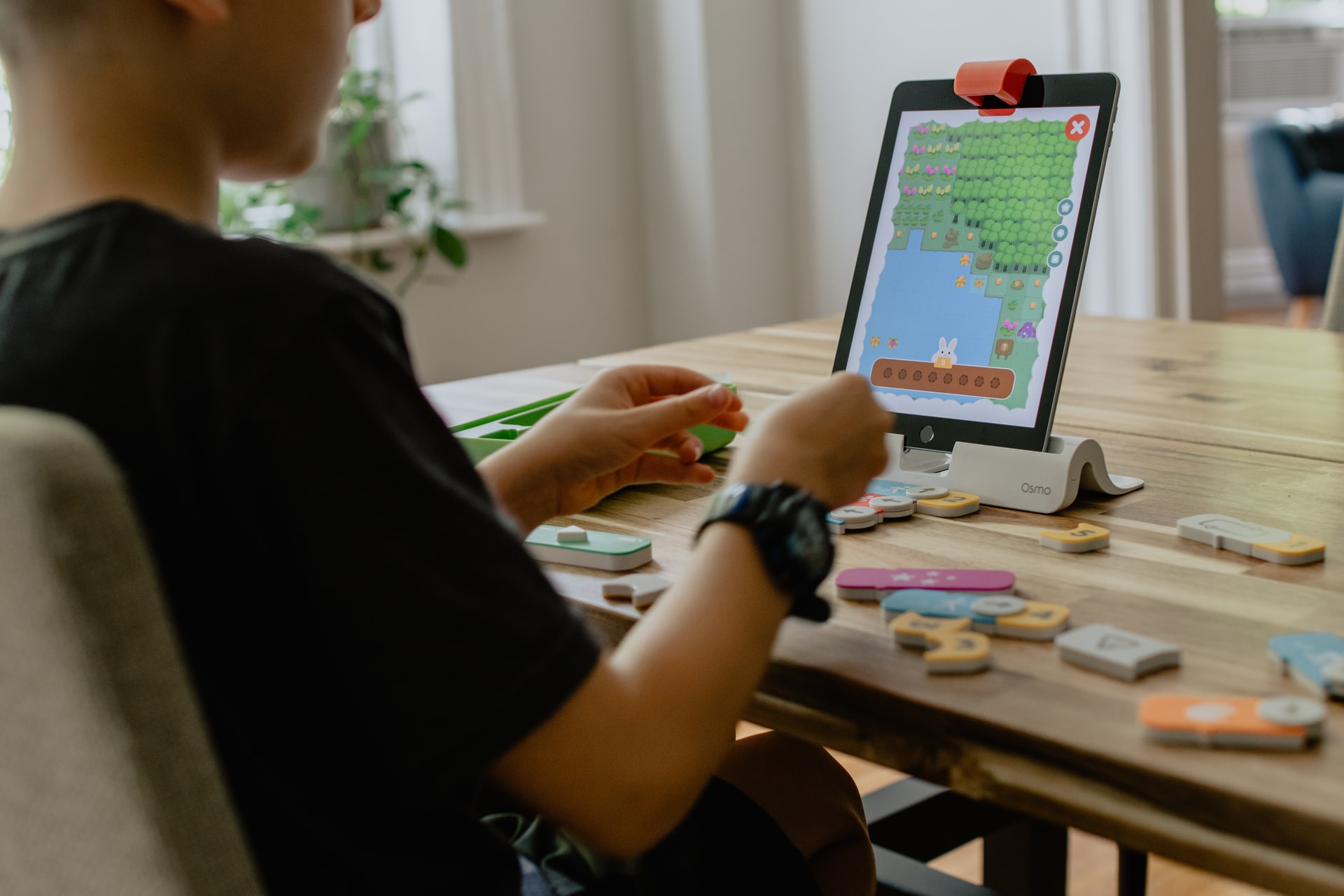Are you looking for ways to teach kids not to abuse drugs or alcohol? If so, keep reading.
1. Minimize the emphasis on competition and help the student realize that success is individually defined.
2. Be willing to take the time to listen, share, and talk with the student.
3. Boost your own professional knowledge of laws and treatment about drug or alcohol use and abuse.
4. Teach the student alternative ways to deal with requirements, challenges, and pressures of the school experience (e.g., deal with problems when they arise, practice self-control at all times, share problems or concerns with others, etc.).
5. Provide sufficient supervision at all times and in all areas of the school (e.g., hallways, bathrooms, between classes, before and after school, school grounds, etc.).
6. Make sure the student is aware of local, state, and federal laws regarding the possession of unacceptable or illegal learning materials on school grounds.
7. Connect with parents (e.g., notes home, phone calls, etc.) to disseminate information about the student’s progress. The parents may reinforce the student at home for demonstrating appropriate behavior at school.
8. Draft an agreement with the student stipulating what behavior is required (e.g., not bringing alcohol to school) and which reinforcement will be implemented when the agreement has been met.
9. Take the student away from the learning experience until they can demonstrate appropriate behavior and self-control.
10. Praise the student for demonstrating appropriate behavior based on the duration of time they can be successful. As the student shows success, slowly increase the duration of time required for reinforcement.
11. Praise those students in the classroom who demonstrate appropriate behavior.
12. Create classroom rules: • Complete every assignment. • Complete assignments quietly. • Remain in your seat. • Finish tasks. • Meet task expectations. Examine rules often. Praise students for following the rules.
13. Talk with the student to explain(a) what the student is doing wrong (e.g., bringing unacceptable or illegal learning materials to school) and (b) what the student should be doing (e.g., following an established code of conduct, following rules, taking care of duties, etc.).
14. Praise the student for demonstrating appropriate behavior: (a) give the student a concrete reward (e.g., privileges such as leading the line, handing out learning materials, 10 minutes of free time, etc.) or (b) give the student an informal reward (e.g., praise, handshake, smile, etc.).
15. Give the student personal acknowledgment during school hours (e.g., follow up on details of earlier communications, keep a direction for conversation, etc.).
16. Intervene early and often when there is a problem to prevent more severe problems from happening.
17. Teach the student to think before acting (e.g., they should ask themselves, “What is happening?” “What am I doing?” “What should I do?” “What will be best for me?”).
18. Consider using a classroom management app. Click here to view a list of apps that we recommend.
19. Consider using an adaptive behavior management app. Click here to view a list of apps that we recommend.
20. Consider using Alexa to help the student learn to behave appropriately. Click here to read an article that we wrote on the subject.
21. Click here to learn about six bonus strategies for challenging problem behaviors and mastering classroom management.
22. Consider using a socio-emotional learning app. Click here to view a list of apps that we recommend.
23. Consider using an emotional intelligence app. Click here to view a list of apps that we recommend.
24. Consider using a school counseling app. Click here to view a list of apps that we recommend.





